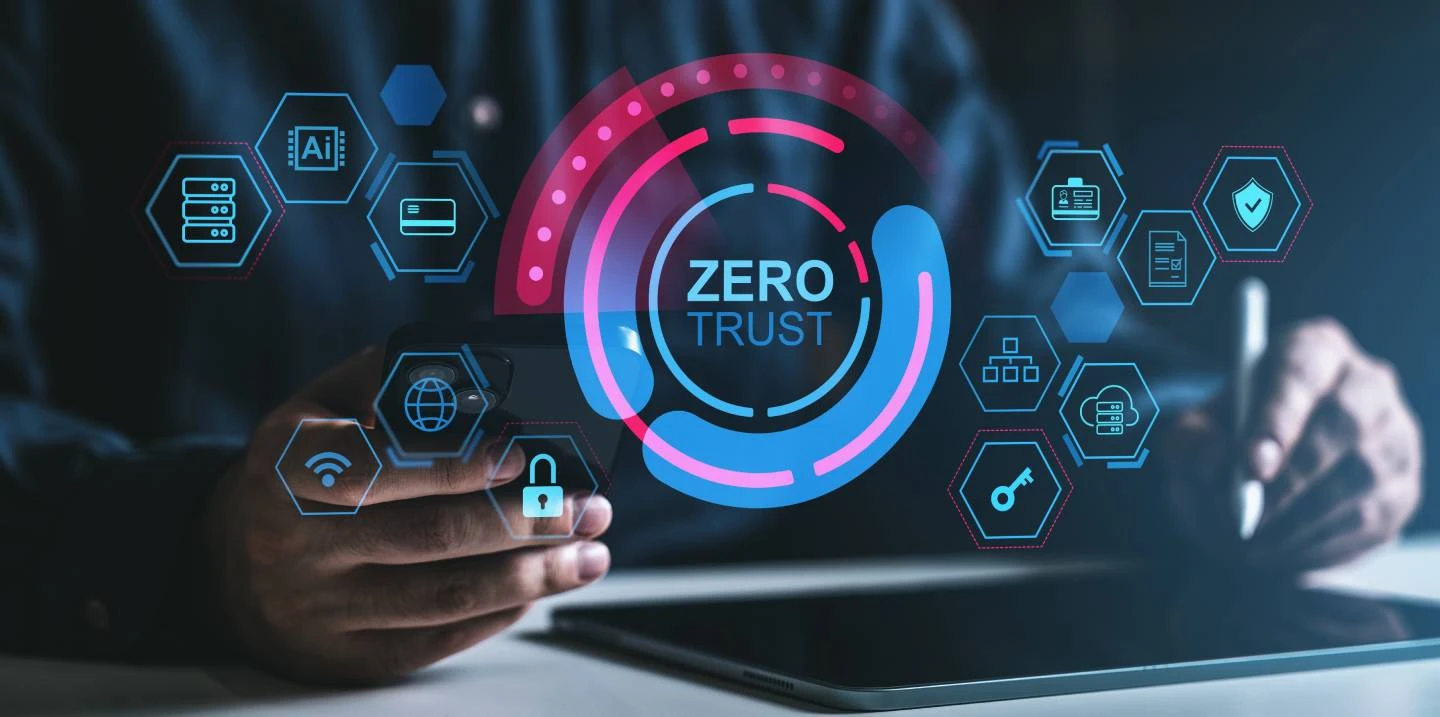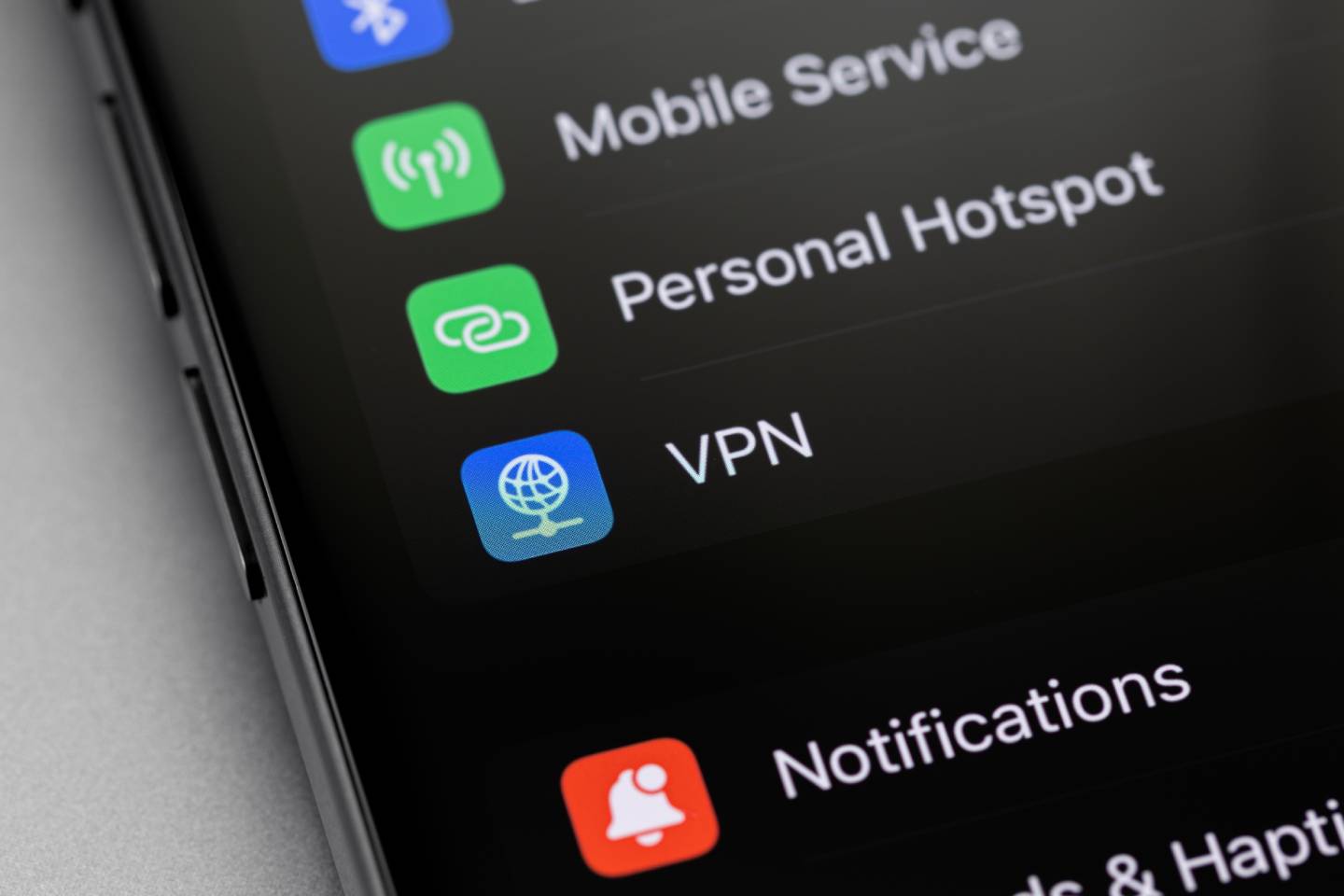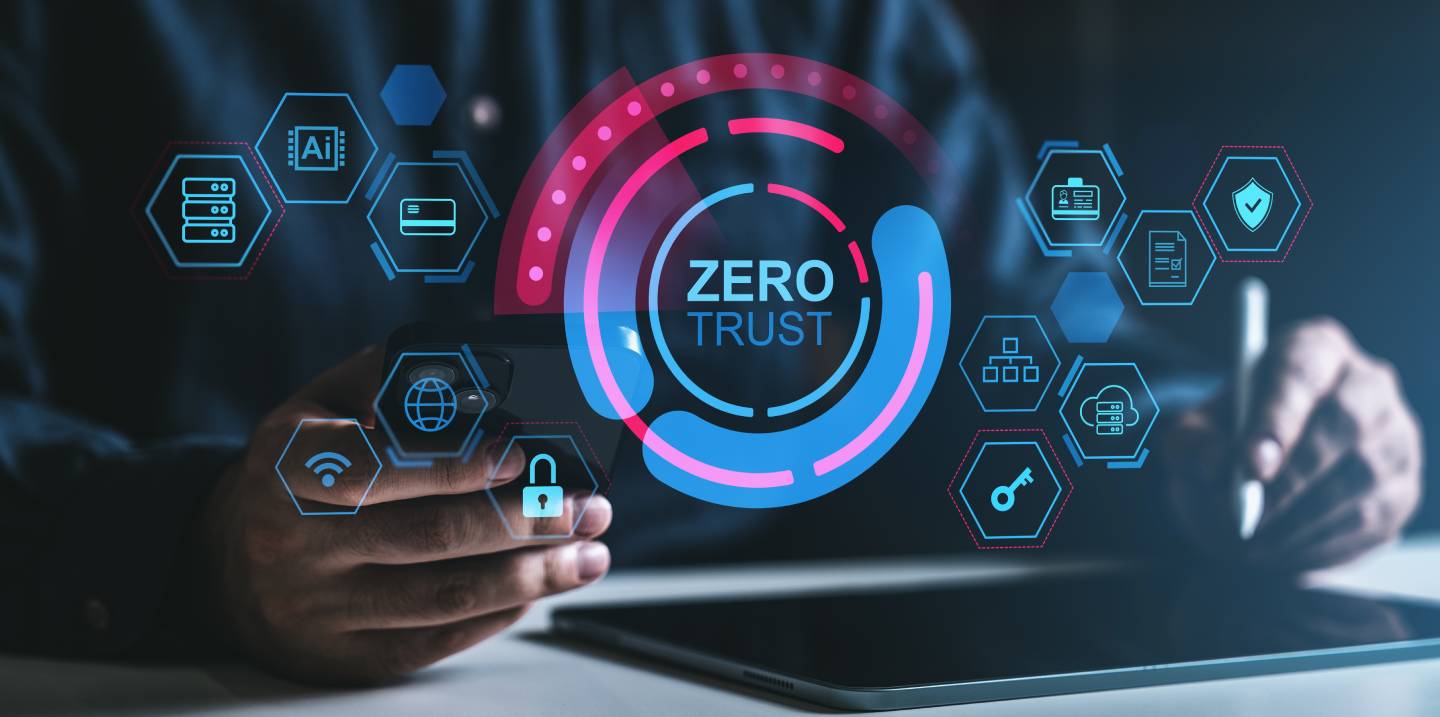
Remote work is no longer a trend, it's the norm. But while the workplace has evolved, many organisations are still clinging to legacy technologies like VPNs to secure a fundamentally different environment. In 2025, we'll have outgrown perimeter-based security and will need to
A Virtual Private Network (VPN) is a way to establish secure remote connectivity and was once the gold standard. By creating encrypted tunnels between an agent (the user) to corporate networks, VPNs were a simple way to gain off-site access.
But the problem is:

VPNs are creating more blind spots than security boundaries in a cloud-first infrastructure model, BYOD policies, and a globalised workforce.
Zero Trust is not a solution. It is a security model predicated on the idea of “never trust, always verify.” It does not grant blanket access but is founded on the premise of continuous verification of users, devices, and context to allow access to any resource.
Applied to remote access, this means:
Cyber threats in 2025 are faster, smarter, and more targeted. Attackers exploit remote access vulnerabilities, especially VPN misconfigurations or exposed endpoints to gain a foothold.
Zero Trust addresses these gaps by:
With more organisations embracing hybrid and remote models long-term, Zero Trust is no longer optional, it's foundational.

Whether you are just beginning your Zero Trust journey and/or expanding it across the organisation, you'll need a foundational cyber security strategy. Our experts can build and deploy a progress outline based on your unique needs. Reach out today to know more!
Join industry leaders on cyber projects to create a global impact and ensure a secure digital future.